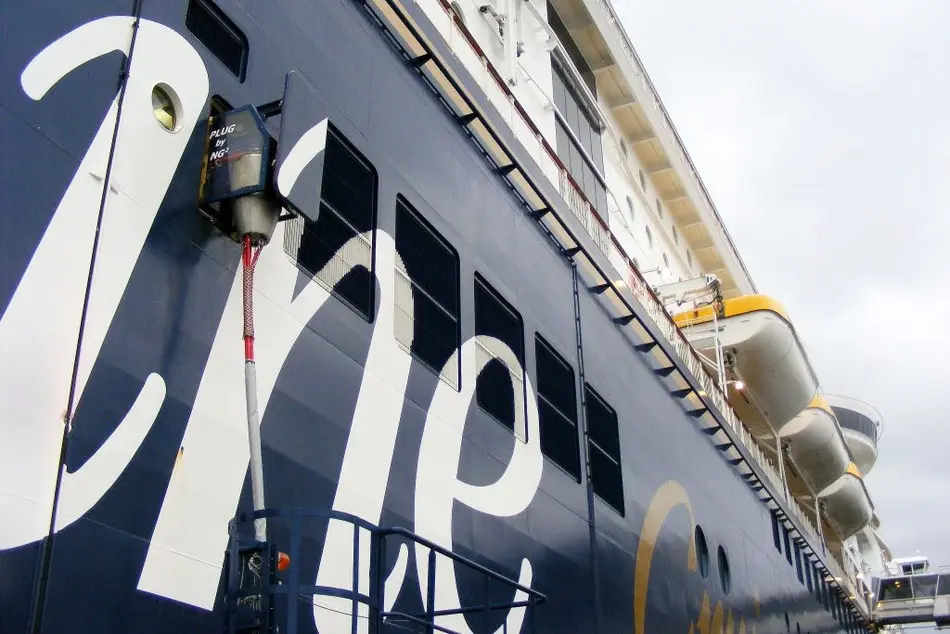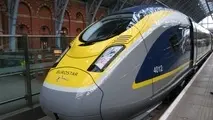Port of Kiel Opens 1st Onshore Power Supply Plant for Ships
Germany’s Port of Kiel inaugurated its first shore-based power supply plant for commercial vessels at the Norwegenkai on May 9.

Germany’s Port of Kiel inaugurated its first shore-based power supply plant for commercial vessels at the Norwegenkai on May 9.
This would enable the port to supply more than half of ships berthing in the Port of Kiel with onshore power in the future.
“In future we want to be in a position to use shore-based electricity to cover 60% of the power requirements of ships calling at Kiel. That will mean we will be able to count ourselves among the most eco-friendly ports in Europe,” Dirk Claus, Managing Director of the Port of Kiel, said.
With immediate effect, Color Line’s big cruise-ferries docking in the port can now be supplied with emission-free electric power.
Built by Siemens, the onshore power plant is part of the Port of Kiel’s Blue Port concept. The concept will further include onshore power supply plants at Schwedenkai terminal and the cruise shipping terminal at Ostseekai, planned to be built by 2020.
Investment in the plant totaled EUR 1.2 million (USD 1.35 million), of which EUR 400,000 was funded by the state of Schleswig-Holstein.
“We are together making an important contribution to keeping the air clean. By using power from onshore we are reducing to zero the emission of harmful substances as well as of greenhouse gases during the time ships are berthed in the port,” Daniel Günther, Minister-President of the federal state of Schleswig-Holstein, commented.
“Schleswig-Holstein supports this trend-setting project and will encourage further facilities of this type,” he added.
“Land power is a good way to make a clear contribution to clean air in cities which have harbours and sea ports. So it is certainly a good idea to have a shore-based power plant and it is even better when this plant is also used by shipping,” according to Norbert Brackmann German Federal Government’s Coordinator for the Maritime Industry.
Ulf Kämpfer, Mayor of Kiel, revealed that the city aims at becoming carbon neutral by 2050. This ambitious goal can be only achieved if everyone contributes to it, according to Kämpfer.
“The new … shore-based power plant is making a contribution to significantly reducing CO2 emissions in the port. I am delighted that Color Line is leading this effort and I would welcome it if other shipping companies were to follow suit,” Kämpfer pointed out.
The ships of Norway’s Color Line – Color Fantasy and Color Magic – link Kiel with Oslo on a daily basis. Their annual power requirement for the time they spend in Kiel is about four million kilowatt hours.
“Our ships are already equipped to draw power from land-based plants and have been plugged in onshore in Oslo since 2011 and in all four Norwegian ports since 2017. Kiel is now another port which has made available the necessary infrastructure to support and advance our strategy of protecting the environment,” Trond Kleivdal, Color Line Board Chairman, noted.
The Siemens onshore power plant at the Norwegenkai is specifically tailored to the needs of shipping companies and the port. It has a maximum connection capacity of 4.5 Magawatts (MW) at 10 Kilovolt (KV) and the main frequency of 50 Hertz (Hz).
“Because of its considerable capacity and regular daily operation, a high level of environmental utilisation will be achieved. The new plant will deliver the largest amount of shore-based electric power (for ships) in the whole of Germany,” Claus explained.



